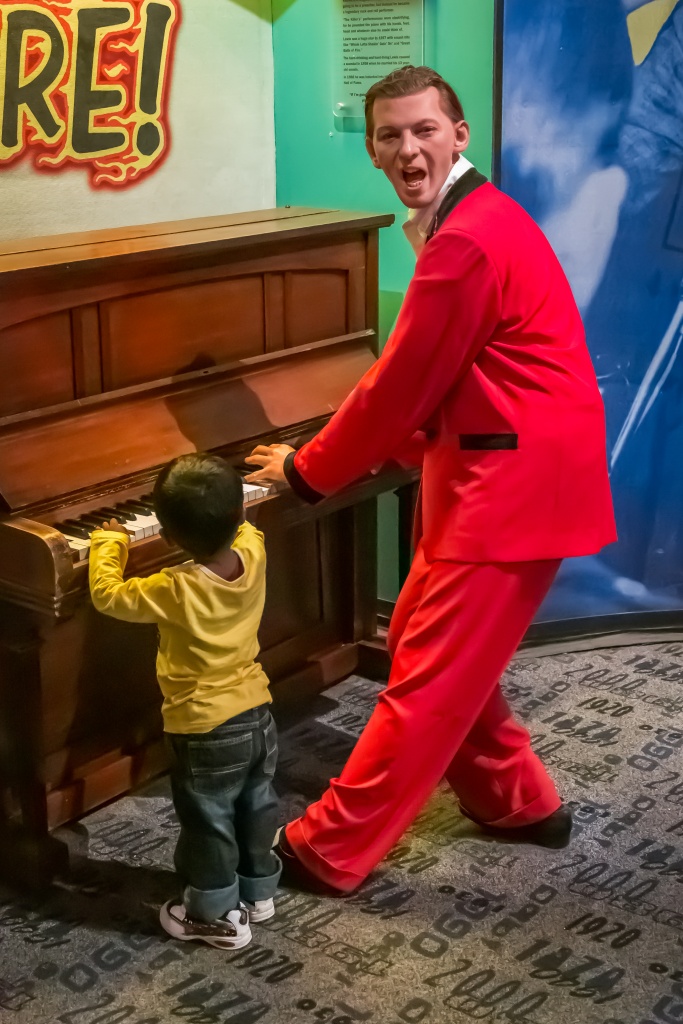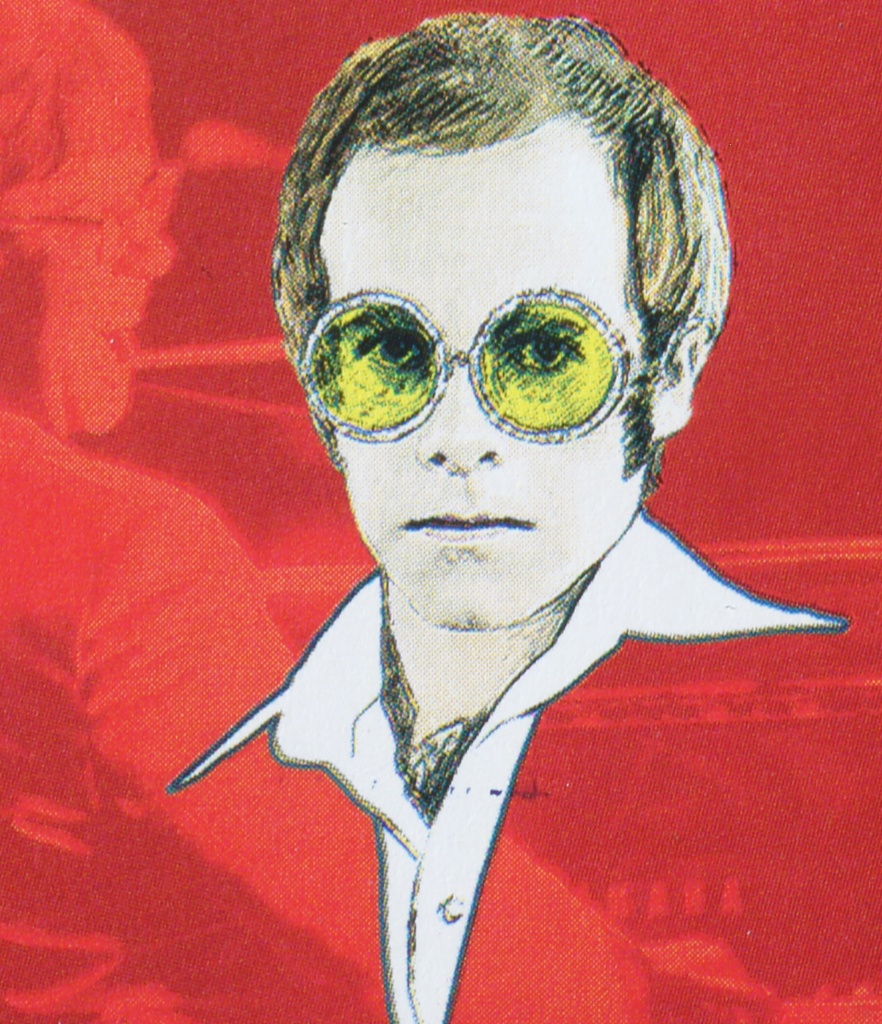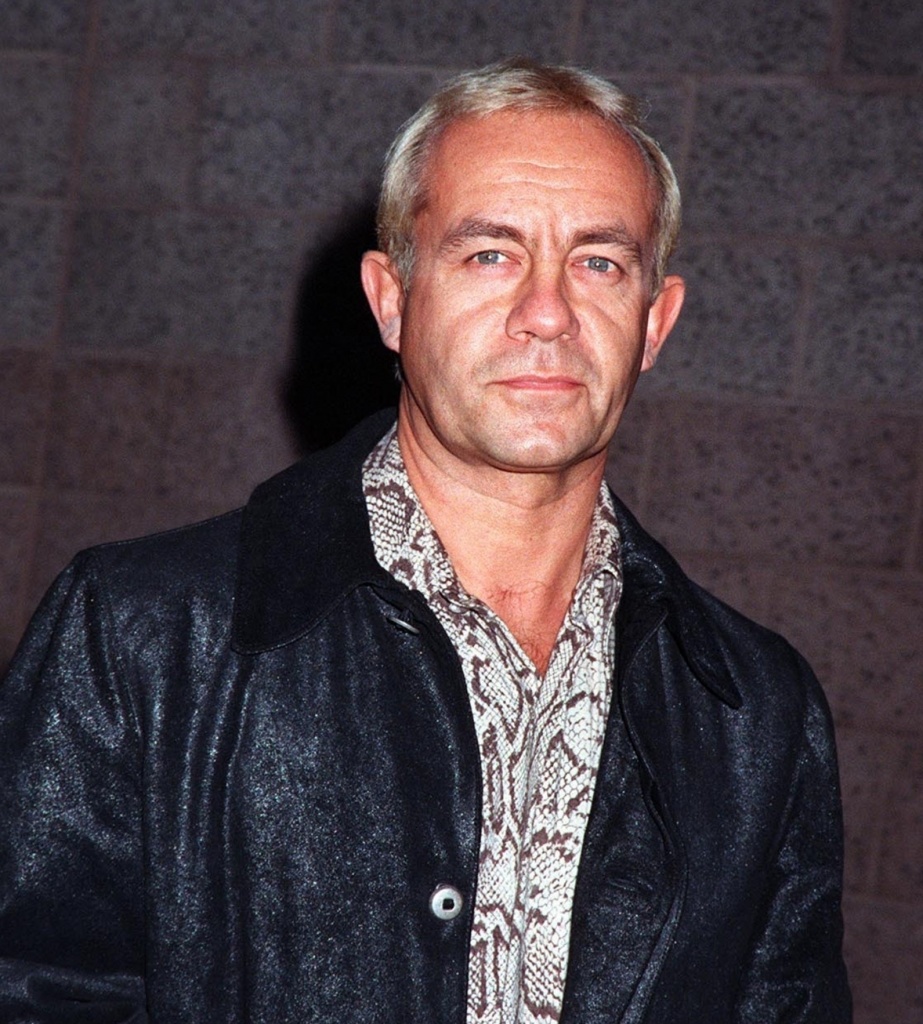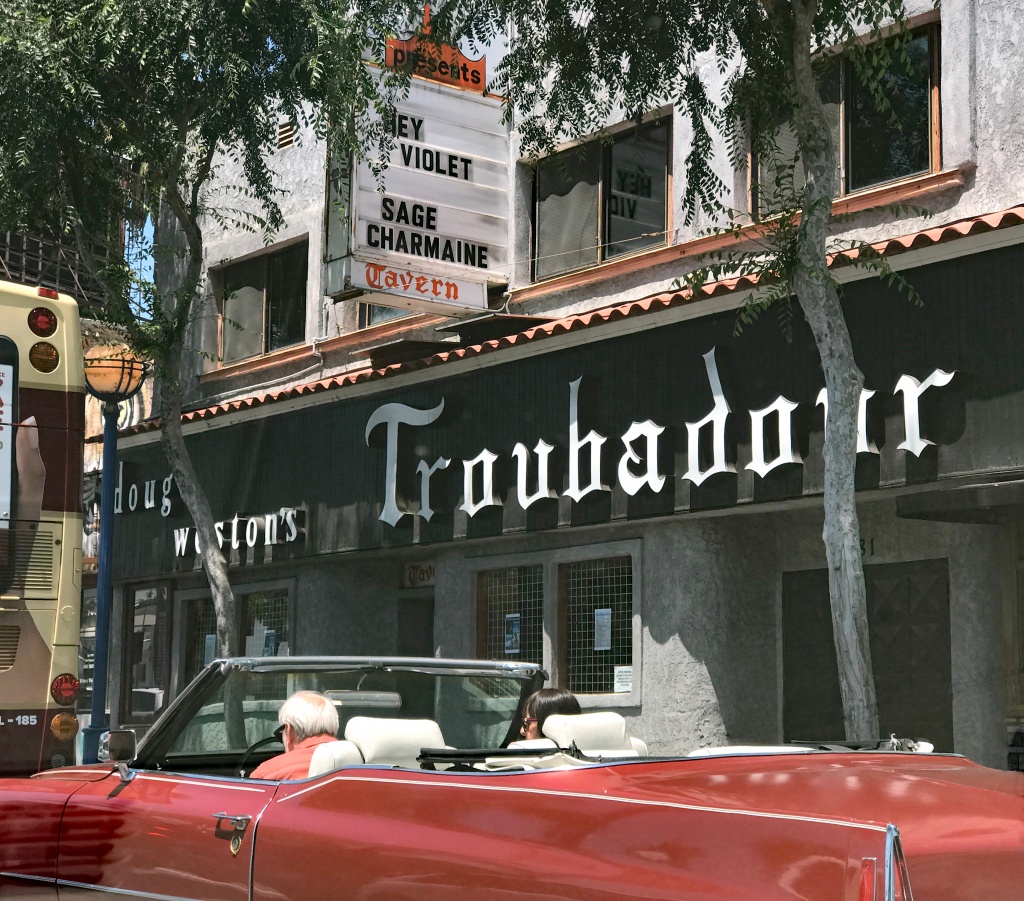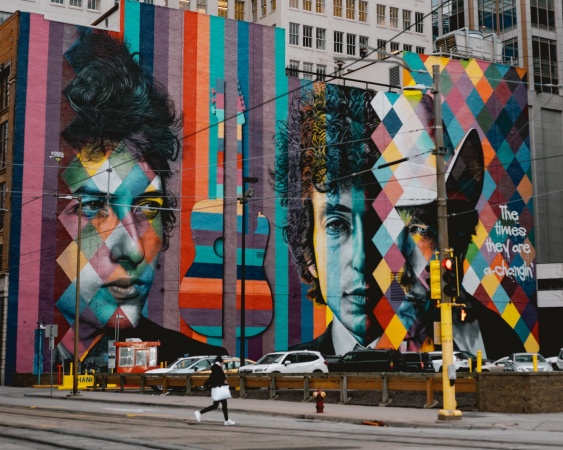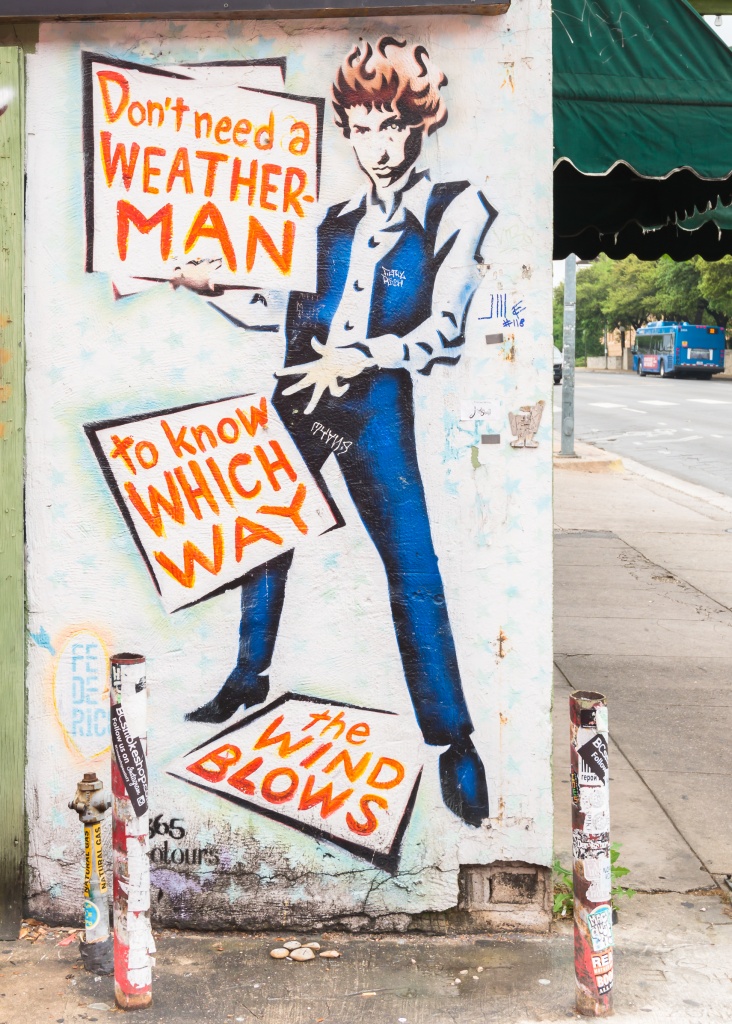Published August 12, 2021

Frank Sinatra and the Mob: Mob groupie, made man, hedonist, pugilist, mean, generous, racial idealist, racist, alcoholic, workaholic…
20th Century legend, innovator, and true artist.
With over 150 million records sold globally (so far).
Just as Sinatra is perceived in many different ways by many different people, he has been known by many names.
Swoonatra, The Sultan of Swoon, The Chairman of the Board, The Voice, Ol’ Blue Eyes…
And Scarface.
So who was he really, in terms of how much we can know for sure?
Let’s take a look.
1. Sinatra – Mobster or Mob ‘groupie’?
Frank Sinatra – “Every woman wants to have him. Every man wants to be him.”
And the FBI apparently wanted to arrest him.
They kept tabs on Sinatra for over 40 years, with the 1,275 pages of files dating back to 1943 only being made public after the great man’s death in 1998.
One nasty rumor that dogged Sinatra throughout his life is that he paid a doctor $40,000 to declare him unfit for service in World War II.
The FBI’s investigation found that his punctured eardrum and “psychological issues” made the doctor’s assessment and conclusion medically legitimate.
Despite this, some readers may still hear the accusation being made against him today.
Presented as fact.
Along with many others.
So was he a mobster, or a mob-struck fantasist?
The files show a lot of unproved or dismissed rumors, with the possible highlight being Frank Sinatra smuggling $1 million to exiled, ultimate mob boss “Lucky” Luciano in Italy as a favor.
Risking his career, his future and his freedom in one fell swoop.
And the Mob wasn’t even on strike that week.
The files are filled with fluff and nonsense from people making senselessly subjective, blowhard statements, like the claim Sinatra had a “mob complex” – the groupie claim – or that he “would give up his show business prominence to be a hoodlum himself if he had the courage to do so.”
Sure he would. That makes sense. Why not?
The 1972 Joint Senate-House Select Committee on Crime found itself on Sinatra’s bad side for not immediately refuting allegations of mob involvement made against him by mobster Joseph “The Animal” Barboza – who had admitted to killing 27 people.
Barboza was an FBI informant who became notorious for providing false testimony.
More on-point is the collected information on Sinatra’s friendships with the Mob and the way he allegedly allowed himself to be used to make political connections.
But first, the bottom line.
Sinatra’s grandfather, Francesco Sinatra, was born in 1857, in a little hill town in Sicily, just 15 miles from the town of Corleone, and on the same street as the Luciano family, whose son Salvatore would become the godfather of godfathers in America.
Evidence suggests the families were personally acquainted, which is hardly surprising.
Sinatra’s father, Marty Sinatra, and mother, Dolly, were formidable figures in their Hoboken, New Jersey, neighborhood. His father was a firefighter, boxer, and bar owner during prohibition.
His mother became involved in left-leaning politics, serving as a midwife, and performing then illegal abortions. Nobody dared mess with Dolly.
Frank, their only child, was born on December 12, 1915.
Weighing in at a hefty 13.5 pounds, he had to be delivered with forceps, resulting in severe scarring to his left cheek, neck, and ear – along with a perforated eardrum.
Baby Frank wasn’t breathing and the doctor concentrated on Dolly, who was not in good condition, believing the baby wouldn’t make it.
“They weren’t thinking about me, they were thinking about my mother. They just kind of ripped me out and tossed me aside.” – Frank Sinatra.
Luckily, grandma Sinatra decided to make an effort and held the baby under cold water until the shock started those famous lungs working.
“That’s life.”
Sinatra grew up during prohibition – a time when the government took it upon itself to protect the people from themselves, regardless of how they felt about it.
However, the people who added the words “liberty” and “the pursuit of happiness” – rather than “fearfulness” and “obedience” – to the word “life” were more interested in having fun.
The result was disaster and the rise of the Mafia.
And most grew to see their enemies as those preaching and pushing them around.
Not those reminding them it was a free country and catering to them.
It was a question of control and it changed hands quickly.
For a wannabe star to work the bars and clubs back then, dealing with gangsters was par for the course; rejecting them was par for waking up in bed with part of a horse.
Or so they say.
And of course, Sinatra’s family would have been known to most of them for their roots – and almost certainly for being old neighbors of the Lucianos – rather than criminality.
Sinatra was bound to become wrapped up with them, one way or the other.
So he wasn’t a mob groupie, a “made man” (laughable), or a “connected guy” in any criminal sense.
But he didn’t view the Mob the way many other honest folk would.
Even when he later claimed he did.
That’s life, too.

2. Enter (and Exit) the Kennedys
How John F. Kennedy and Frank Sinatra met is a bit of a gray area, although few would bet against it having something to do with nightlife and the company of women.
If not, they certainly helped things keep swinging.
Still, it’s most likely the friendship came through Kennedy’s sister, Pat, who married Peter Lawford, a friend of Sinatra’s who became one of the legendary Las Vegas “Rat Pack”.
Either way, for somebody with Sinatra’s starpower to promote the then Massachusetts senator and presidential candidate could only be a good thing.
But many saw more beneath the surface.
Not only was Sinatra at the top of his game popularity-wise, he was known and liked by the Mob. These two top placings – both above and below the table – made him the perfect middle man to help sway the unions.
And get Kennedy elected.
Kennedy’s campaign came during the legendary “Second Act” of Sinatra’s career – now an Oscar-winning movie star as well as top-selling recording artist – his influence over millions was clear.
Sinatra added glamour and starpower to Kennedy’s youthful, energetic image; Kennedy added the kudos of legitimate power to someone who often took political risks for personal reasons.
They were a match made in… America.
In public, Sinatra promoted Kennedy’s campaign by lending his private jet to Kennedy’s key people, made radio ads, “arranged” dinners-for-donors, and reworked one of his hits.
High Hopes became Kennedy’s campaign song.
In private, the muscle and malevolent influence of the Mob allegedly used its power on the unions and wherever else its reach extended.
It all supposedly resulted in FBI evidence of widespread voting fraud, which the freshly inaugurated Kennedy decided not to pursue. All such claims remain hotly debated.
How much of this is fact – and how much of a role Sinatra really could have played as “middle man” – seems to be up for grabs.
Mob boss, Sam Giancana, central to any scheme for the Mob to secure votes in key state Illinois, was already allegedly associated with Kennedy’s father, ex-bootlegger Joseph P. Kennedy, Sr.; and many writers report as fact that he personally asked for the mobster’s help.
However, historians have issues with the idea that Kennedy Sr. had been a bootlegger.
Meanwhile, Sinatra helped Kennedy remain steadfastly unfaithful to his wife, Jackie.
Kennedy attended booze-fuelled, female fan-filled Las Vegas after-parties courtesy of Sinatra; and campaign trail downtime at Lawford’s Santa Monica fun-filled home.
At some point, Sinatra introduced him to Marilyn Monroe.
(Or was it Peter Lawford who did that? Accounts, not surprisingly, vary.)
And to Judith Exner, who claimed to have become Kennedy’s mistress – and to being the mistress of Mob boss Giancana (allegedly also introduced by Sinatra), and “friend” of Mob boss, John Roselli.
More champagne, anyone?
With John F. Kennedy safely elected to the presidency, Sinatra and all his dubious “friends” were dropped like a handful of hot potatoes.
Allegations that the Mob had been expecting big returns for their help and were furious abound.
So was Sinatra – who felt betrayed.
Expecting President Kennedy to stay at his home during a trip to California, Sinatra had a helicopter pad installed – as well as making who knows how many other arrangements – only to be left standing.
Sinatra also felt betrayed by Peter Lawford, who he shunned for the rest of his life.
It appears that Kennedy used Sinatra – and possibly the Mob – for his own ends, then promptly dumped him/them to protect his presidency.
Stories around this are rife.
One has J. Edgar Hoover playing tapes of Judith Exner’s calls to the White House to the administration, then following them with her calls to Sam Giancana.
What was allegedly said is unclear; the sleazy connection between Kennedy, this woman, and Giancana is crystal – with Sinatra at the helm.
Another alleges that wiretaps caught Sinatra talking to Giancana about an affair with Kennedy’s sister, Pat. In them he supposedly states that the affair was designed to influence the administration to ease off the Mob.
Was Sinatra caught talking drunken nonsense? Or is it yet another fake story?
How credible are the claims, given the mutual understandings that must have already been in place for the Mob to supposedly hand over an election to Kennedy?
Unless one is true and the other isn’t?
Or the idea that Pat could influence the administration after being crooned-and-swooned?
If any of it is true, it’s silly to think the Kennedys would have been shocked to learn the Mob expected favors for favors; but possible that they’d have been infuriated to discover Sinatra was having an affair with Pat.
Still, why did Sinatra’s feelings of betrayal by Peter Lawford rage so hard if this happened?
Sign Up to Save 10%Ad By Sephora See More
To top it off, Robert F. Kennedy promptly kicked off a crusade against the Mob.
Putting a crimp in the evenings of many.
The awful deaths of Kennedy and Monroe fuelled endless conspiracy theories, of course.
One killed by assassination, the other by “suicide”; with Lawford embroiled in the latter.
The rest, as they say, is mystery.

3. Sinatra – Nasty, violent, racist alcoholic? Or what?
In the modern era, the fact Sinatra made onstage cracks about Sammy Davis Jr. makes him “a racist.” Non-morons see this as part of Sinatra’s “complexity”, but there isn’t really much complexity to it.
The fact that many have conveniently forgotten the vile and often bloodthirsty attitudes toward Italian, Irish and other immigrants in the first half of the American century is unfortunate.
And it changes the way they perceive reality.
We could quote L.P. Hartley: “The past is a foreign country: they do things differently there,” and move on without judging distant lives by our own standards.
But where’s the fun in that?
The Rat Pack made cracks at each other all the time; and Sammy’s non-macho “all-round entertainer” upbeat persona made him the natural foil for the macho group.
Sinatra himself had to deal with on-stage cracks about the “Sons of Italy,” followed by: “How about the good the Mafia does?” and many other close-to-the-bone macho digs.
Macho male-bonding means taking shots at anything perceived as personal or different; once done, the group becomes potentially closer to each other than they are to any other group – limited by:
“Those Without a Sense of Humor Need Not Apply.”
If Sinatra hadn’t been defiantly anti-racist at a time when that was not only untrendy, but not welcome, Davis would never have been a member of the Rat Pack in the first place.
A white guy would have been found to balance out personas, the jokes would have been just as barbed, but different, and nobody would have cared about on-stage digs among friends.
If Sinatra had played the racist game of the day, the word “racist” wouldn’t touch him today.
“The past is another country.”
Instead he risked his early career by speaking and singing out against all bigotry.
According to one story, Sinatra, at the famously low-point in his career in the late ‘40s, clinging to his waning fanbase, watched Davis perform with The Will Mastin Trio. Backstage, he invited his friend to come see him at the theatre he was playing.
Davis agreed, happily.
Some time later, with Davis a no-show, Sinatra went back to see him and told him how offended he was to have been ignored.
Davis explained: “I did come; but they wouldn’t let me in!”
Sinatra’s reaction was to head back to the theatre, tear up his contract, and walk out on what was at the time a much needed gig.
As Sinatra’s power in the industry was reasserted, Davis’ career grew. Racial barriers were broken down for him, often by dint of Sinatra’s explosive temper, and a movie career was made possible.
When Davis lost his left eye in an automobile accident, Sinatra paid all his medical bills and had him stay at his “Rancho Mirage Compound” to recover.
Nancy Sinatra referred to him as “My Uncle Sam!”
Sinatra made sure Davis recovered fully; and that his astounding talent was turned into superstardom.
“Sinatra did not like segregation. He didn’t like how black people were treated as creatures of inferiority. He always rebelled against that.” – Harry Belafonte
It was also Sinatra who, during rehearsals for the classic “Mancurian Candidate” movie, insisted that actor Joe Adams would be the best person to portray the psychiatrist character.
Many thought he’d gone insane. Despite this, of course, he got his way.
This became, according to director John Frankenheimer: “One of the first instances where a black actor was cast in a part that didn’t specifically say the character was black.”
Oddly, Adams’ role ultimately went uncredited.
If Sinatra was racist, he sucked at it.
Still, his ferocious temper wasn’t always fueled by principles, or directed at racists and bigots who insulted his friends, or tried to limit the careers of people he believed in.
It was also fueled by Jack Daniels.
Sending Sinatra’s sense of right and wrong veering straight off a cliff.
And often causing chaos in its wake.
Combine Sinatra’s love of Jack, his unprecedented level of fame, his ego and his insecurities, his career’s near-death experience (cheered on by many in the industry), and his incredibly powerful sense of right and wrong, loyalty and betrayal… and you have a BIG problem.
He also had dangerous friends who liked to be seen with him. The kind of people who can’t be shrugged off, or used by a drunk guy as shoulders to cry on about conflicts and upsets.
Not without consequences.
As the late, great comic Jackie Mason discovered the hard way. After criticizing Sinatra on television, a shot was fired in his darkened apartment by somebody who’d broken in.
“I don’t know who it was, but when the door slammed shut, I distinctly heard somebody singing ‘Doobie, doobie, doo.’” – Jackie Mason
Sinatra was capable of flying off the handle and becoming violent for any perceived slight; of falling out with friends and refusing to speak to them again, forever or for years – on something he perceived as a point of principle.
“Yes, my son is like me. You cross him, he never forgets.” – Dolly Sinatra
Or of hearing that an actor he admired, but barely knew, was ill in hospital and broke, only to have him transferred to a top hospital, with a top specialist, and given an apartment to recuperate in, as he had with Davis.
Which he did for the great character actor Lee J. Cobb, who’d had a heart-attack after being hounded by the House Un-American Activities Committee.
Sinatra even got him in a movie when no-one else would touch him.
Cobb credited Sinatra with saving his life.
You can make sense of Sinatra’s feelings toward an actor he barely knew by watching Cobb up against Henry Fonda in “12 Angry Men.”
Stories of Sinatra’s volatile temper and his generosity are legendary.
But was he an alcoholic?
Yes – a functioning alcoholic, according to experts. Even though it’s known that, later in life, Sinatra would go through a bottle of Jack a day, when gigs and recordings were on the horizon, he would hold back on the booze.
And even cigarettes.
Although some say that booze ruled his life, it didn’t. If it had, the downward spiral of alcoholism would have been inevitable.
This could be Sinatra’s secret: he would have been aware that should the booze start affecting his performances, he would have to treat it like a friend who had betrayed him.
And that could mean only one thing: Adios, forever.
So he never let it happen.
In fact, the friendship between Frank Sinatra and Jack Daniels survived to the grave. When he was buried at Desert Memorial Park, in Cathedral City (“Cat City”), California, his casket contained:
1 pack of Camel cigarettes
1 Zippo lighter
1 bottle of Jack Daniels
1 dollar’s worth of dimes
If Sinatra had any trouble passing through the pearly gates, he was ready to make a few calls and straighten the whole thing out.

4. Sinatra – Swingin’ lover and artist
One of the greatest musical artists of all time and objectively one of the best selling, Sinatra’s singing career spanned 60 years and is impossible to cover with the respect it deserves in a short space.
So it’s not getting the respect it deserves. (Sorry, Frank.)
After time on the road with local group “The Hoboken Four”, Sinatra, in 1938, became a “Singing Waiter” at a New York roadhouse called “The Rustic Cabin”, connected to the WNEW radio station.
Low pay for a strategic career move.
It led to live performances on show “Dance Parade” and his first solo studio recording: “Our Love.” Soon after, Sinatra signed a $75 per week, two-year contract with bandleader Harry James and released his first commercial record (a flop) called “From the Bottom of my Heart.”
Commercial failure, ambition, and likely Sinatra’s February 1939 marriage to longtime sweetheart, Nancy Rose Barbato, saw Sinatra dump James in November of that year and sign up with Tommy Dorsey.
And what Sinatra learned from Dorsey formed his legend.
Dorsey became a father-figure to Sinatra and recognized his ability to sway an audience with his unique style of song interpretation.
“I used to stand there so amazed, I’d almost forget my own solos.” – Tommy Dorsey
Sinatra even asked Dorsey to be godfather to his daughter, Nancy, born in 1940. Bringing her daddy luck, Sinatra started scoring hits.
Including his first Top 10 smash: “Imagination”, which was followed by a million-selling, 12-week chart-topper: “I’ll Never Smile Again”.
An ironic title, given all the smiling he must have been doing during this period.
But it wasn’t all rosy.
After virtually begging permission from Dorsey to record a few tunes on his own, Sinatra realized just how good he could actually be.
His dream now was to become a star in his own right.
And to take on his idol Bing Crosby.
However, he began to understand what breaking his contract with Dorsey meant, once the stars had fallen from his young eyes and the smallprint came into focus.
“43 percent of Frank Sinatra’s lifetime earnings in the entertainment industry.”
Thanks a bunch, daddy!
Sinatra denied that the Mob had been involved in convincing Dorsey to drop the contract for $75,000 (or $1.00 if you buy that kind of thing), and it’s fair to say that Dorsey was bitter about his “43 percent forever” clause not scaring the young hothead into submission.
Still, Dorsey told the Mob version.
“I was visited by Willie Moretti and a couple of his boys. Willie fingered a gun and told me he was glad to hear that I was letting Frank out of my deal. I took the hint.” – Tommy Dorsey
Moretti is named in many places as Frank Sinatra’s godfather. Whether correct or not, they were close from the early days and Dorsey would have known that.
Either way, Sinatra was free.
So came the bobby-sox swooners, creating controversy by their screams for Sinatra, catapulting him to superstardom.
Even Crosby – with whom Sinatra enjoyed years of lighthearted barbs – admitted the way Sinatra interpreted a song – as if expressing deeply personal thoughts and feelings – was completely original.
“Frank is a singer who comes along once in a lifetime; but why did it have to be my lifetime?” – Bing Crosby.
So Sinatra was a star, capable of withstanding even the notorious musicians’ strike that ran from 1942-1944.
It even benefitted him in part, due to the re-release of “All Or Nothing At All”, which became a million-seller.
But without the structure and dominance of Dorsey and his organisation, his sudden and powerful rise put him in freefall as a person.
Insecurely attempting to copy Dorsey’s dominant personality in the studio, he came across as an arrogant bully and young blowhard.
In the tabloids, his associations with mobsters, fistfights, and womanizing didn’t help, but came in second to accusations that he was a communist.
Apart from in the eyes of his faithful bobby soxers: Womanizing?
Frank Sinatra was a married man. His son, Frank Sinatra Jr. born in 1944. Now his name was being linked in the tabloids to pinups like Lana Turner and Marilyn Maxwell?
And Ava Gardner?
“Oh well! Oh gosh! Oh my!” – Every American Bobby Soxer (in unison)
“Frank’s idea of paradise is a place where there are plenty of woman and no newspapermen. He doesn’t know it, but he’d be better off if it were the other way around.”
– Humphrey Bogart
His star waned and his marriage crumbled even as his third child, Tina Sinatra was born.
On Valentine’s Day, 1950, Sinatra and his longsuffering wife, Nancy, announced their divorce. In 1951, his marriage to Ava Gardner began in a publicity-blaze of hard-drinking, hard-living passion.
Including public brawls.
In 1952, both Columbia and MCA dropped him; and Sinatra became a singer without a voice.
His many detractors (haters) rejoiced. He was ruined.
But he had a powerful ally in Ava.
When Eli Wallach had scheduling problems with his casting as Private Maggio in “From Here to Eternity”, Ava worked her charms on Joan Cohn, wife of Columbia Pictures’ head, Harry Cohn.
Sinatra blitzed Harry Cohn himself with telegrams, signed “Maggio” – in which he offered to work for a measly $8,000.
He had received $150,000 for “Anchors Aweigh” a few years earlier.
Rumors of mob involvement have been soundly trashed by many. The idea that a studio boss as powerful and well-connected as Harry Cohn would be approached like that don’t add up.
Wars start that way.
And putting a horse’s head in his bed? Neigh. (Sorry – Nay.)
Big stars, such as Bogart, had already been rejected in favor of ideal casting; and everybody knew that Frank Sinatra and “Angelo Maggio” were the same person.
Also, an $8,000 payout probably brought tears of sweet love to Harry Cohn’s eyes.
He got the part, won over millions, and was handed an Oscar.
Beginning the greatest comeback show business has ever seen.
Which Sinatra ensured by creating a golden era of artistic achievement.
From roughly 1953 to the mid-sixties, Sinatra innovated a string of “concept” albums that were all breakthrough classics.
Rather than catering to public tastes, he commanded public tastes, rising above Rock ‘n Roll, beatniks, British invasions, and anything else that came along.
He became a crowned cultural outlier, who always appeared to be above everything else.
His tortured relationship with Ava Gardner came across in his untouchable renditions of other people’s songs and wowed the world.
“[Sinatra] presented the song like a landscape he’d restored, painting himself into the picture so masterfully that it was impossible to imagine it without him.” – John Lahr
During and following that period, Sinatra’s legend grew and grew.
And he continued living up to it, despite marriage breakdowns, Mob hearings, FBI files, love affairs, “retirement”, lost friends, and even the kidnapping of his son.
From the moment Sinatra bounced back in ‘53, to his final concert appearance on February 25, 1995, he was flying high.
Asking only that we join him.
(And one you can refuse, obviously.)

Sources: Sinatra: The Artist and the Man by John Lahr – published by Random House, New York, 1997; His Way: An Unauthorized Biography of Frank Sinatra by Kitty Kelly – published by Bantam, New York, 2010; Sinatra: Behind the Legend by Randy Taraborrelli – published by Grand Central Publishing, New York, 2015; The Dark Side of Camelot by Seymour M. Hersh – published by Little, Brown and Company, Boston, 1997.
















